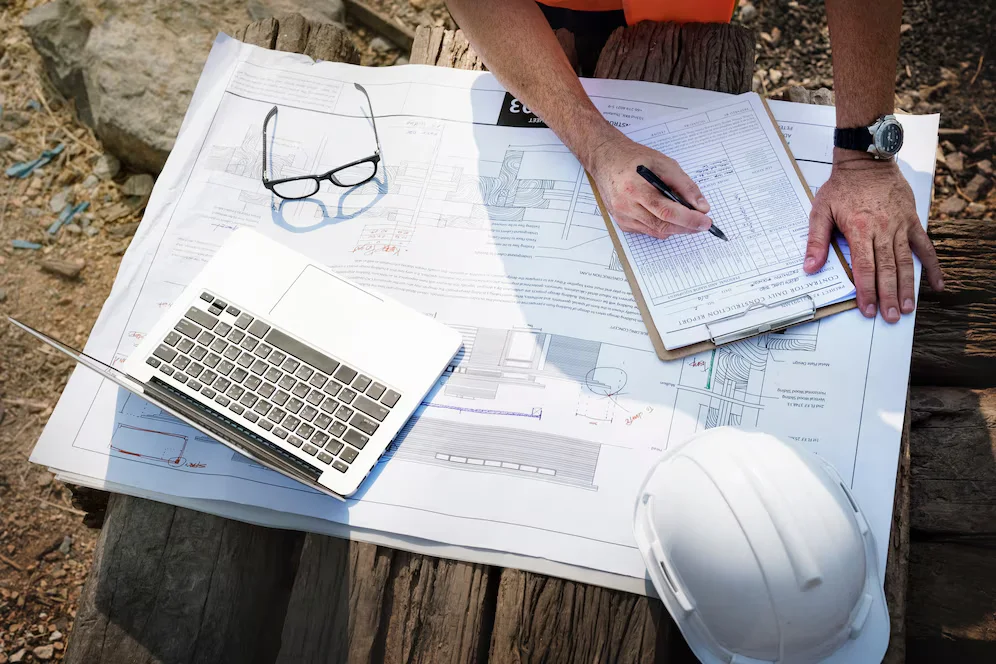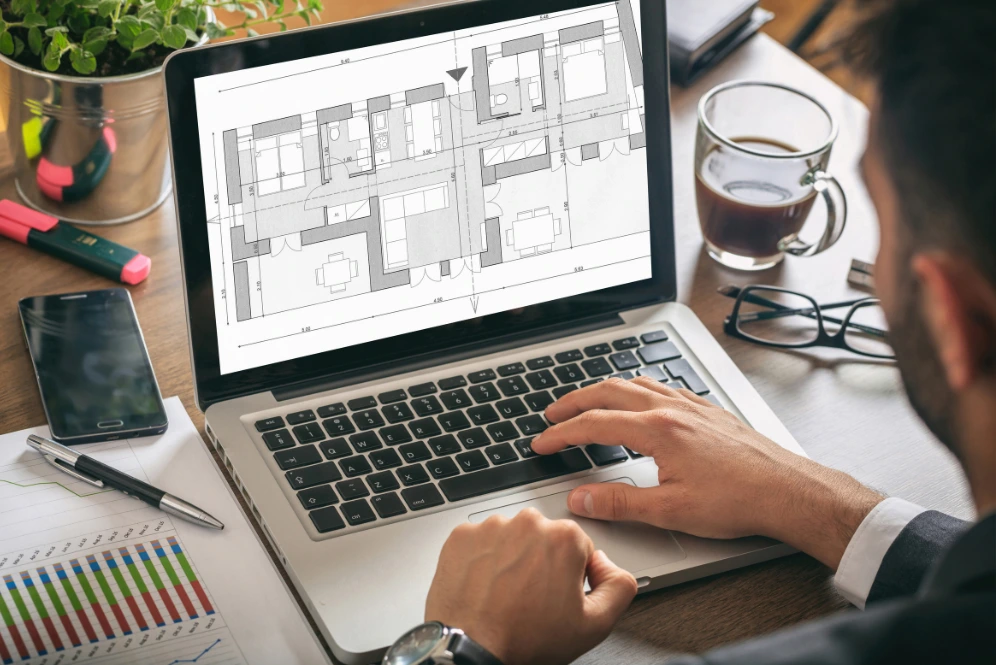HVAC Estimating Services
The US HVAC market is valued at approximately $29.72 billion in 2024. It is anticipated to grow at a CAGR of 3.28% to around $34.71 billion in 2029.




1550+ Projects Completed
“Lets Unlock your potential and Bid your confidence, with HVAC Takeoff & Estimation!”
Make Smarter Bids with Detailed Estimates
Hire our HVAC Estimating Services USA today and enhance your ROI in this well-paid market as a busy HVAC contractor. We do HVAC estimates for all kinds of projects in every part of the USA. No matter if it is a small house or a big building, we assure you will get accurate, affordable quotes from us. We know all there is to know about HVAC systems, and we’re using the very best tools for our work. Also, we have a 100% winning rate, meaning clients always win with our estimates. You’ll get your HVAC estimate in 8 to 16 hours. We’ll help you make smart choices and win more bids.

Scope of HVAC Estimating Services
The HVAC services market is around $19.85 bn in 2024. It is projected to reach $27.31 bn by 2029, growing at a CAGR of 6.60%. We offer simple and 100% accurate HVAC estimates across the USA. Our team is certified with qualifications like CCEA, AACE, PCEA, and more. These certifications show we know HVAC well. We follow all the rules. Our goal is to give clear and reliable estimates for HVAC projects.

The HVAC market is very competitive. Many contractors want the same jobs. We help you stay organized and submit complete bids. This increases your chances of winning. Many companies lose bids because they miss details, but we can assist them. We make sure that doesn’t happen. The scope of our services is huge. Some of them are
HVAC Estimating Services Portfolio
HVAC needs are different in each area. In cold states like Minnesota or North Dakota, systems must deal with harsh winters. This initiative can enhance value by 20%! In warmer states like Florida or Texas, the needs are different. Understanding local guidelines can lead to more efficient cost management. We consider all this when making estimates. Whether it’s a small home job or a large commercial project, we help keep things on budget. Contractors can trust us for accurate estimates and support.
Ductwork Takeoff Services
Along with HVAC, we deliver ductwork takeoffs. Ducts move air for heating, cooling, and ventilation. We give clear estimates for duct sizes, materials, and labor. This helps contractors stay within budget. We work on both small homes and big buildings. Also, we carefully measure every duct, fitting, and connection. For it, we use software to make sure we don’t miss anything. For example, a 2,500 sq. ft. home might need 800 to 1,200 feet of ductwork. We include all details, like duct size and labor, to make the estimate as accurate as possible.
HVAC needs vary by location. In cold places like Minnesota, ducts may need extra insulation. In warmer areas like Florida, they must handle cooling. We adjust our estimates based on local weather and building rules. No matter the size of the project, you can count on our takeoffs to keep things on track.
Sizes & Types Of HVAC Cost Estimators Cover
For HVAC contractors, we give a full breakdown of HVAC costs. This includes equipment, labor, ductwork, insulation, and permits. Ductwork is 20-30% of the cost. Labor is 30-40%, and equipment is 40-50%. We also think about energy rules, building codes, and electrical upgrades. For big jobs, extras like filters or energy systems add to the cost. We give clear details to avoid surprises and keep your budget on track.
We estimate how much HVAC costs for homes, offices, and large buildings. Homes run between $5,000 and $15,000. Larger building costs then range from $20,000 to $100,000 or more. All those costs-including equipment, labor, and materials, are found in these estimates.

HVAC Takeoff Services USA
In construction, getting HVAC estimates right is very important. Our HVAC digital takeoffs help contractors figure out what materials and costs are needed for heating, ventilation, and air conditioning systems. We make sure everything is measured carefully. This prevents mistakes and keeps the project on budget. We go through construction plans to find all HVAC parts, like ducts, vents, air handlers, pipes, and insulation. We use special software to calculate how much of each part is needed.
HVAC Budget Estimating Deliverables
Enhance Your Winning Chances with 100% Precise Estimates
You pay for both accuracy and savings when you go with our HVAC Estimating Services USA. We have also worked in all 50 states, including large projects. Small house to big building: nothing missed. Project to run smoothly while saving you money; that’s what we want, of course. Let us worry about takeoffs and estimates; you go about your business getting the job done.
Get Free Quote

